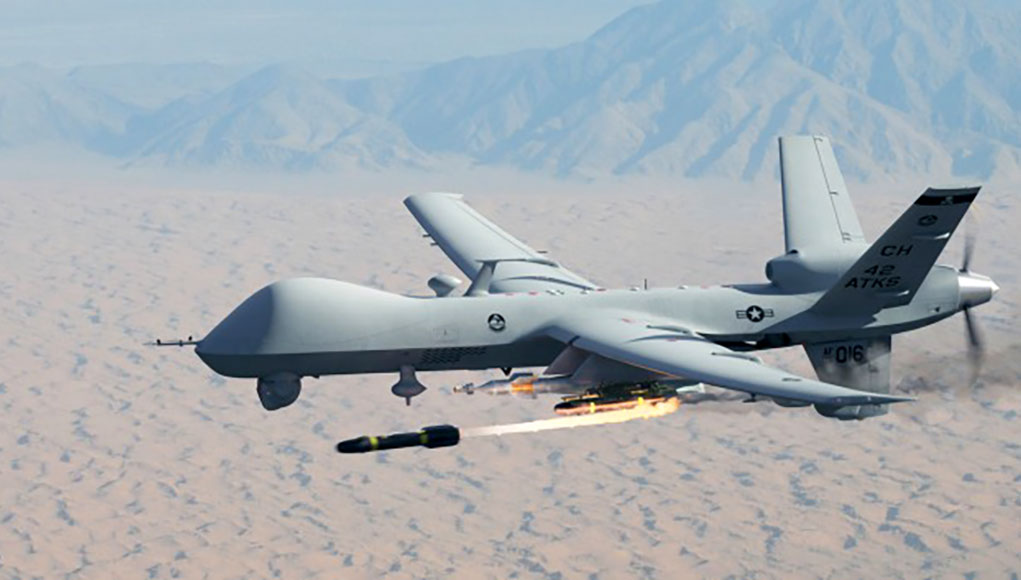
[ismember]Continued from Part I[/ismember]
A different approach to future autonomy is implemented by the US Army in its Manned-Unmanned Machines Teaming (MUMT) concept, integrating UAS or Unmanned Ground Vehicles (UGV) with human elements including dismounted operations, helicopters and ground vehicles.
An advanced MUMT concept was demonstrated recently by the Army Research Lab (ARL) using much smaller and smarter micro-drones that were embedded with manned teams to conduct surveillance and mapping of structures that would be too dangerous for humans to move in. Autonomous unmanned vehicles can operate covertly to perform such missions, delivering topographic analysis of an area or detailed modeling of structures’ interior by traveling and flying into it.
Relying on a fully autonomous operation and interconnection between the unmanned systems (UXVs), ground robots and multirotor vehicles built small enough to move through doors and windows can cooperate, to provide a combined model of multi-storied building’s interior, before manned combat teams enter the premises.
In a recent joint experiment at a Military Operations on Urban Terrain (MOUT) site, a team of robots comprising six small unmanned ground vehicles (UGV) and three unmanned aerial vehicles (UAV) autonomously mapped an entire two-floor building. Such missions performed similarly to manned Close Quarter Battle (CQB) drills, where the drone teams moved in and split at every branching point to quickly map the entire structure. For now, they involve only surveillance, not clearing the objective from hostiles. Such an activity can be performed either as part of a manned-unmanned cooperation or by teams of unarmed robotic scouts and armed shooters or multi-purpose bots that can both.
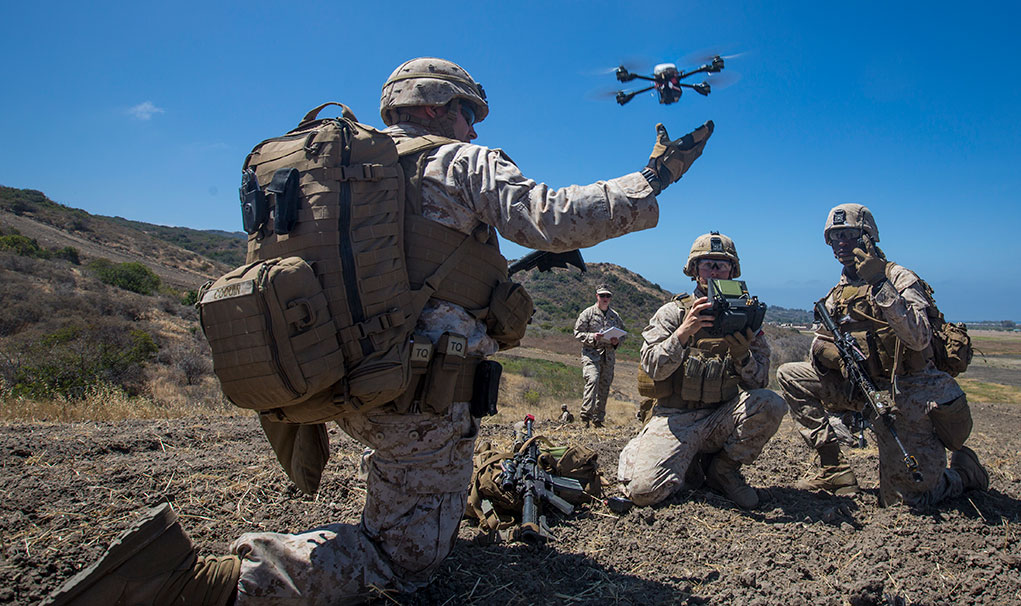
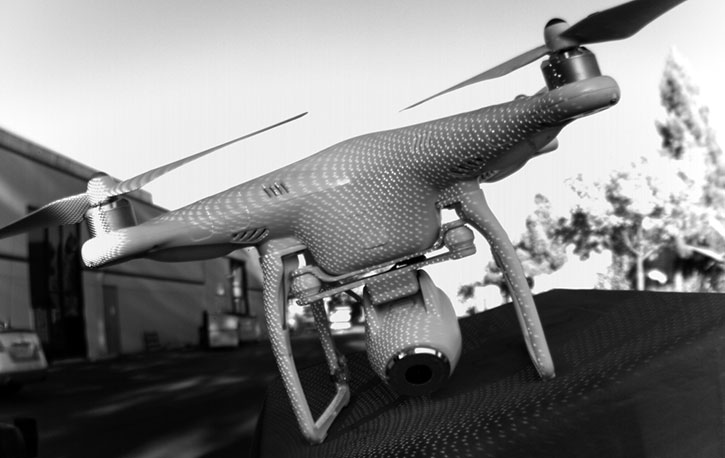
Such missions often require robots and drones to operate in areas where Global Navigation Satellite Systems (GNSS) services are unavailable or disturbed. Operations in GNSS-denied area is a significant task for autonomous systems.
Such capabilities are under research at several academic centers under the DARPA lead Fast, Lightweight Autonomy (FLA) program, seeking to find alternative means for drone navigation and situational awareness in unfamiliar terrain. FLA explores non-traditional perception and autonomy methods that could enable a new class of algorithms for minimalistic high-speed navigation in cluttered environments. Through development and experimentation, the program will show the capability to fly small autonomous UAVs un unfamiliar terrain and inside buildings, at speeds up to 20 m/s with no communications and without GPS waypoints. The vehicle’s autonomy is proven on standard commercial remotely controlled platforms, giving the inputs necessary for successful flight mission – from sensing and perception, flight planning and flight control.
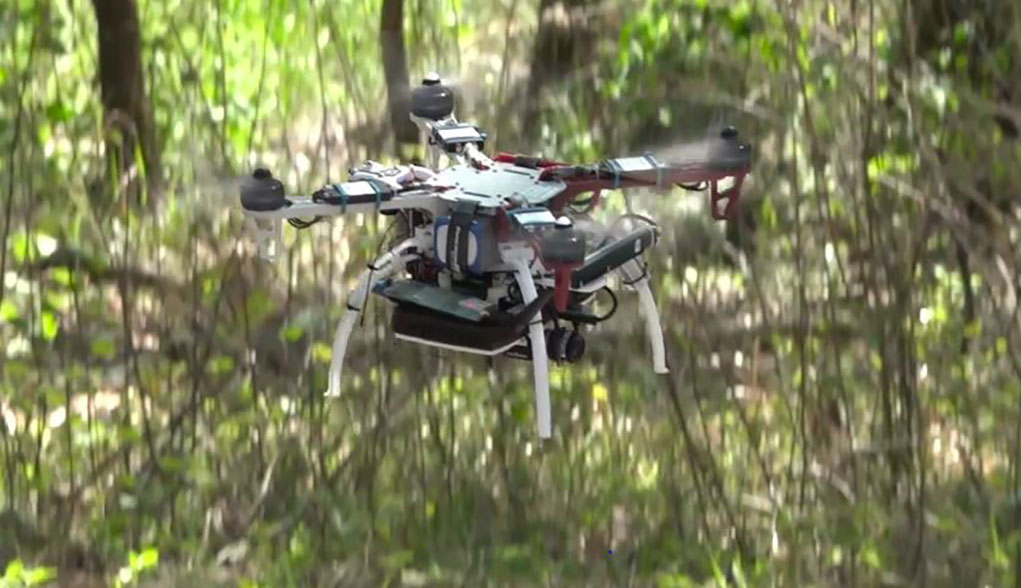
Such capabilities are under research at several academic centers throughout the USA, under Fast, Lightweight Autonomy (FLA) program led by DARPA. This program seeks to find alternative means for drone navigation and situational awareness in unfamiliar terrain. FLA explores non-traditional perception and autonomy methods implementing a new class of algorithms for minimalistic high-speed navigation in cluttered environments. Through development and experimentation, the program has demonstrated the capability to fly small autonomous UAVs in unfamiliar terrain and inside buildings, at speeds up to 20 m/s with no communications and without GPS waypoints. This vehicle’s autonomy is proven on standard commercial remotely controlled platforms, giving the inputs necessary for successful flight mission – from sensing and perception, flight planning and flight control.
Risks of intelligent machines
Once unmanned systems are equipped with lethal capabilities they will provide unprecedented advantages for human warfighters in their ability to assume riskily, ‘suicidal’ missions that would be decisive in battle. But allowing robots to fight could be too risky. But scientists and futurists warn that the military should regulate and limit the artificial intelligence (AI) of its robots, as the more advanced and smarter they get, their decision process is less predictive by humans and they may become less trustworthy.
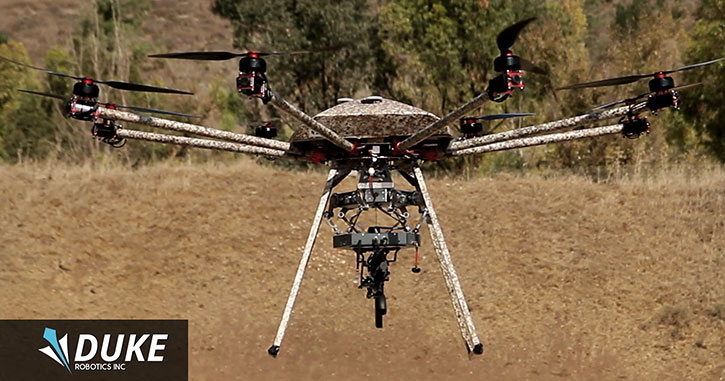

Future Intelligent drones will be able to locate their targets based on profiles or deductive ‘signature patterns’, rather than manned operator commands based on legal-based rules and chain of authority. Such threats range from the deliberate use of intelligent unmanned systems for an attack to the risk of compromising such platforms by cyber-attack, turning weaponized drones against the people they are intended to protect.
AI experts predict that, unless the military applications of AI are regulated, autonomous robotics emerging from the civilian world can and will be used by insurgents, terrorists and military adversary, as weapons of terror. Such capabilities will enable operators in one continent to conduct kinetic strikes on another continent, thousands of kilometers away, via satellite communication links, with or without the help of collaborators or special operations teams on the ground, thus maintaining minimal signature in situations where such attribution would compromise the national interest.
- More in the ‘Future Autonomous Drones‘ review:
- Step I: Minimizing Dependence on Human Skills
- Step II: Mission Systems’ Automation
- Step III: Higher Autonomy Becoming Affordable
- Step IV: Teams, Squadrons, and Swarms of Bots
More in the ‘Future Drones’ series:




